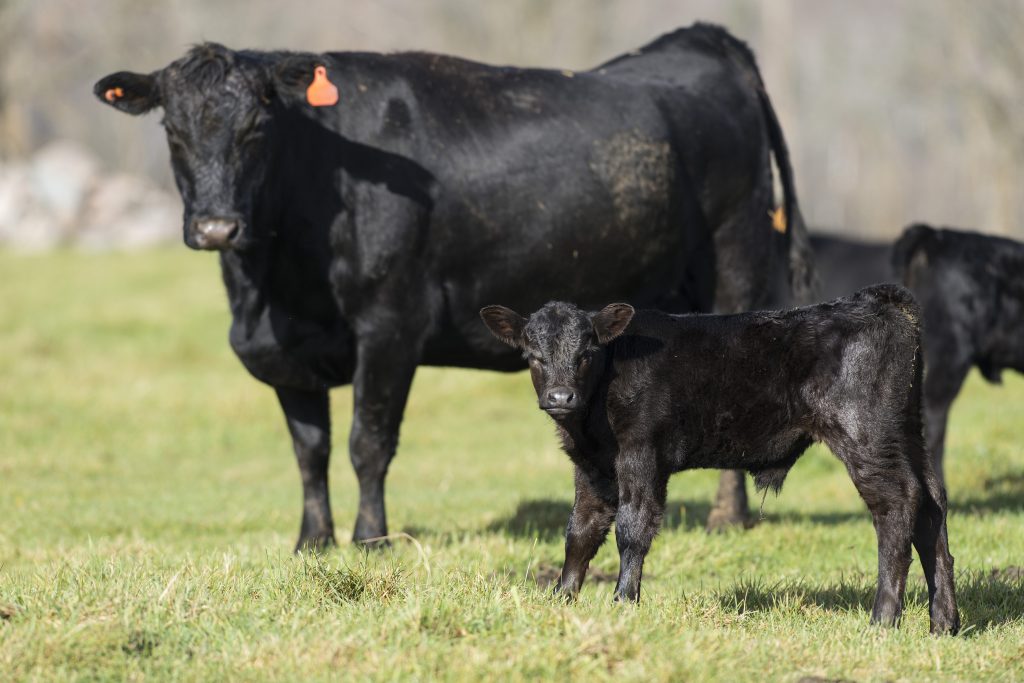
Mark Johnson, Oklahoma State University Extension Beef Cattle Breeding Specialist, offers herd health advice as part of the weekly series known as the “Cow Calf Corner,” published electronically by Dr. Peel, Mark Johnson, and Paul Beck. Today, Johnson talks about cow efficiency during calving season.
Does our selection and breeding program result in a cowherd that is suited to our resources? Can our available resources support our current cowherd or are we attempting to make a highly productive cow function in an inadequate environment? Calving season can be an excellent time to answer these questions. Calving sequence analysis can reveal useful information about your cows, your management and how well your existing cowherd fits your production environment. A characteristic of sound reproductive management is a short calving season, usually 60 – 65 days in length. Split the calving season into three 21-day intervals. If you are having 70%, 20% and 10% of all calves born from mature cows in the first, second and third intervals, without excessive energy supplementation (during the previous breeding season), it indicates a practical match of cow genotype (mature size and milk production) and your production environment (forage/feed resources).
Following are other potential indicators of a mismatch of cow genotype to available forage/feed resources:
- Yearling replacement heifers that fail to reach puberty and/or breed by 13 – 15 months of age and calve by 24 months of age.
- Infertility of two-year old first calf heifers during a defined breeding season, (the most common reproductive challenge).
- Excessive weight/body condition loss after calving.
- Decline of percentage of cows calving early (less favorable calving sequence analysis).
- Reduced overall conception rate.
In operations with a good herd health program, any of these problems is a signal that cows are too big and/or give too much milk to fit the production system they are in. There are a number of factors entering the decision about optimum mature size and milk production. Ultimately, the reproductive rate of the cow herd determines the practical limit or optimum combination of each. Selection programs to improve the fit can be accomplished through using bulls with lower EPDs for Mature Weight, Mature Height and Milk.
Production environments vary a great deal in beef production. Fertility is low in heritability and largely influenced by environment. A cowherd of optimum mature size and milk level relative to a given production environment creates the potential to increase revenue in the form of increased reproductive efficiency.
Below, Mark Johnson, OSU Extension beef cattle breeding specialist, helps producers decide whether to keep or cull replacement heifers from March 2, 2024.

















